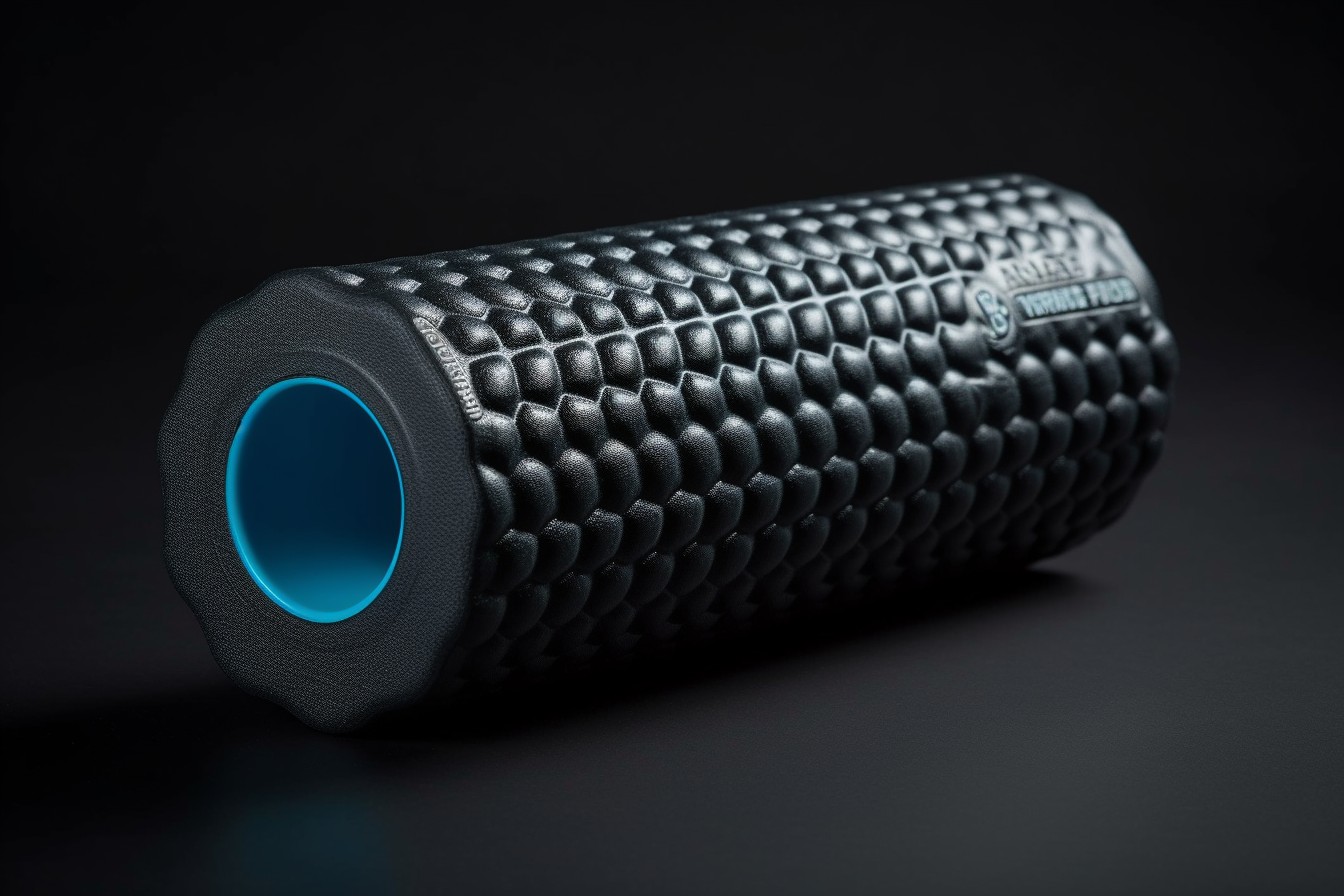Understanding the role of foam rollers in runners’ warm-up and recovery routines has sparked controversy within the athletic community. Initial studies seemed to indicate that foam rolling had a more favorable effect on performance parameters compared to stretching alone, leading to widespread enthusiasm as runners rushed to acquire foam rollers.
Challenging the Belief: A Critical Review of Foam Rollers’ Performance Benefits
However, a recent critical review casts doubt on the perceived performance benefits of foam rolling. This comprehensive analysis concluded that foam rollers do not yield meaningful changes in performance, even when used consistently over an extended period, thus challenging the previously held belief.
The Balance between Muscle Stiffness and Force Production: Implications for Runners
Delving deeper into the topic reveals an intriguing nuance. While reducing muscle stiffness through foam rolling may be advantageous in terms of reducing the risk of injuries, it can potentially have a negative impact on force production. This means that runners might experience limitations in their ability to run at higher speeds during both training sessions and races.
Evaluating the Effects of Massage Rollers: Myofascial Stiffness and Muscle Strength
In an attempt to assess the effects of massage rollers on myofascial stiffness and muscle strength, a study examined 20 papers on this subject. However, the findings presented a mix of evidence regarding the benefits of using massage rollers. Although their use was found to increase knee extensor torque, indicating a positive impact, no significant changes in myofascial stiffness and overall muscle strength were observed. It is important to note that the quality of many of the studies analyzed was deemed poor. Consequently, the authors concluded that both qualitative and quantitative analyses failed to demonstrate any notable effects of massage rollers on isometric muscle strength, eccentric torque (with the exception of the knee joint), or rate of force development.


Leave a Reply